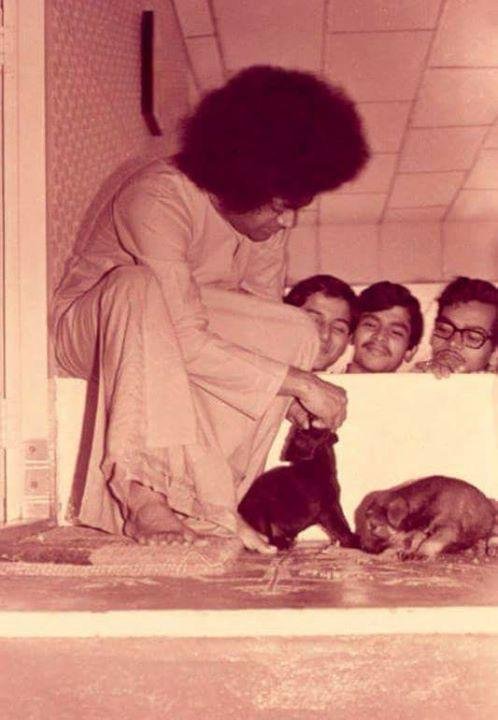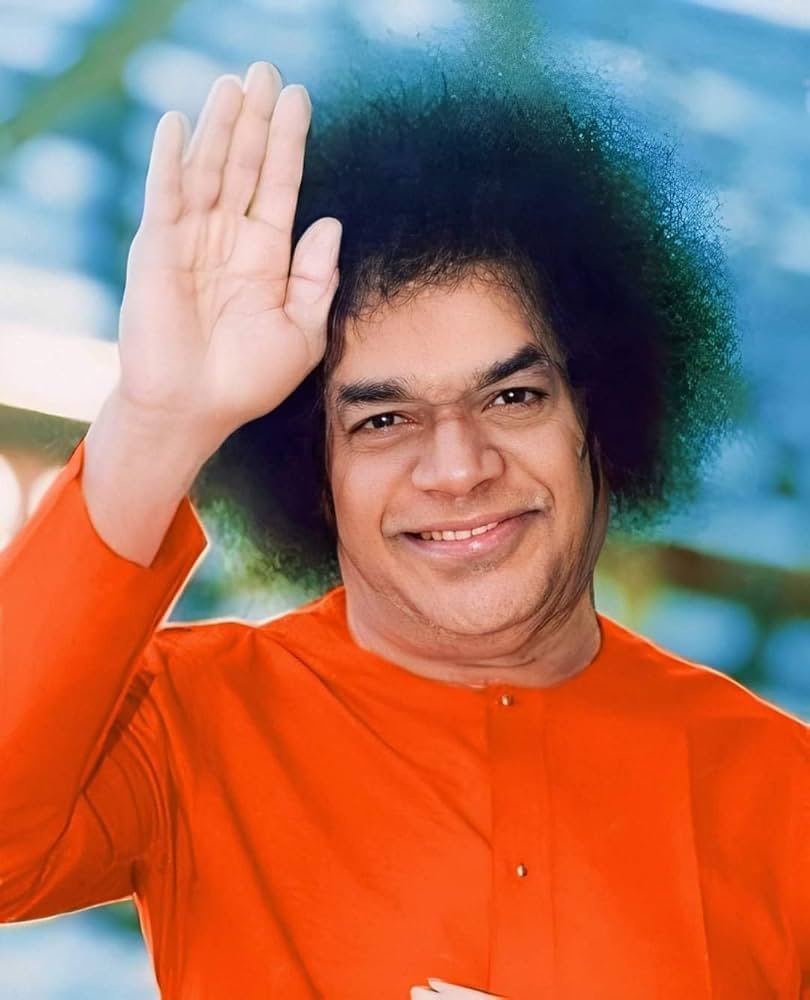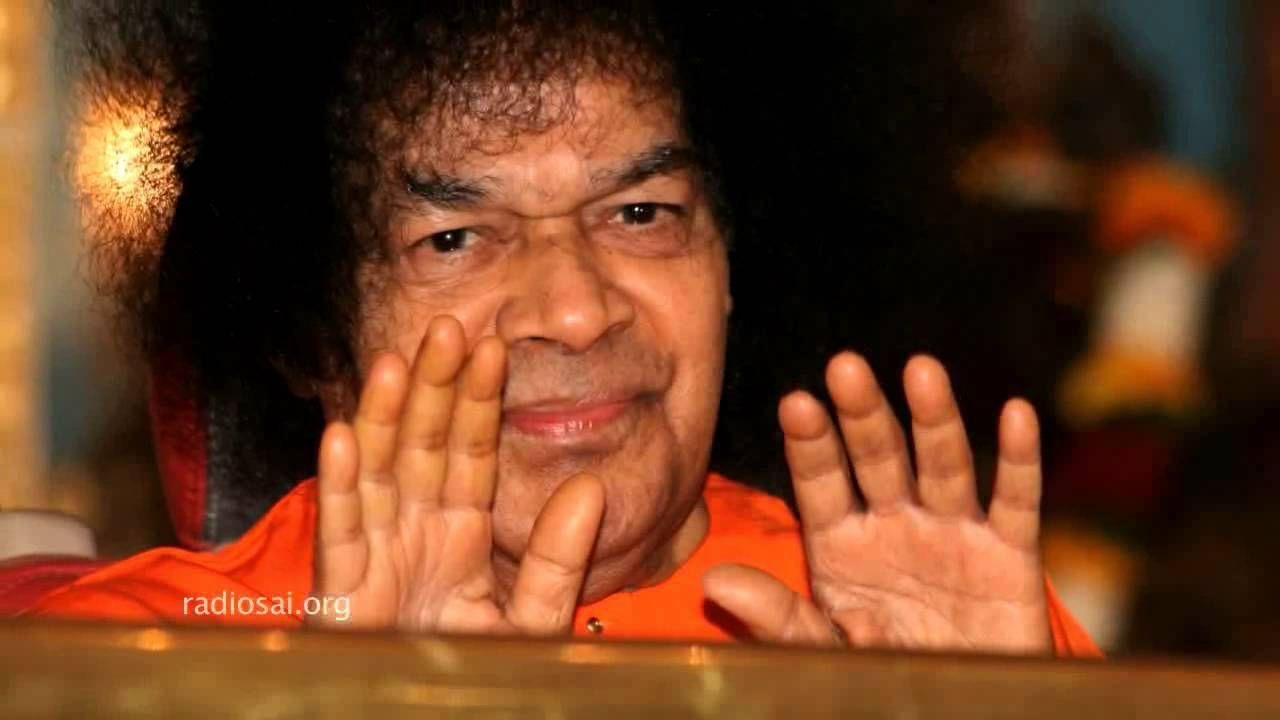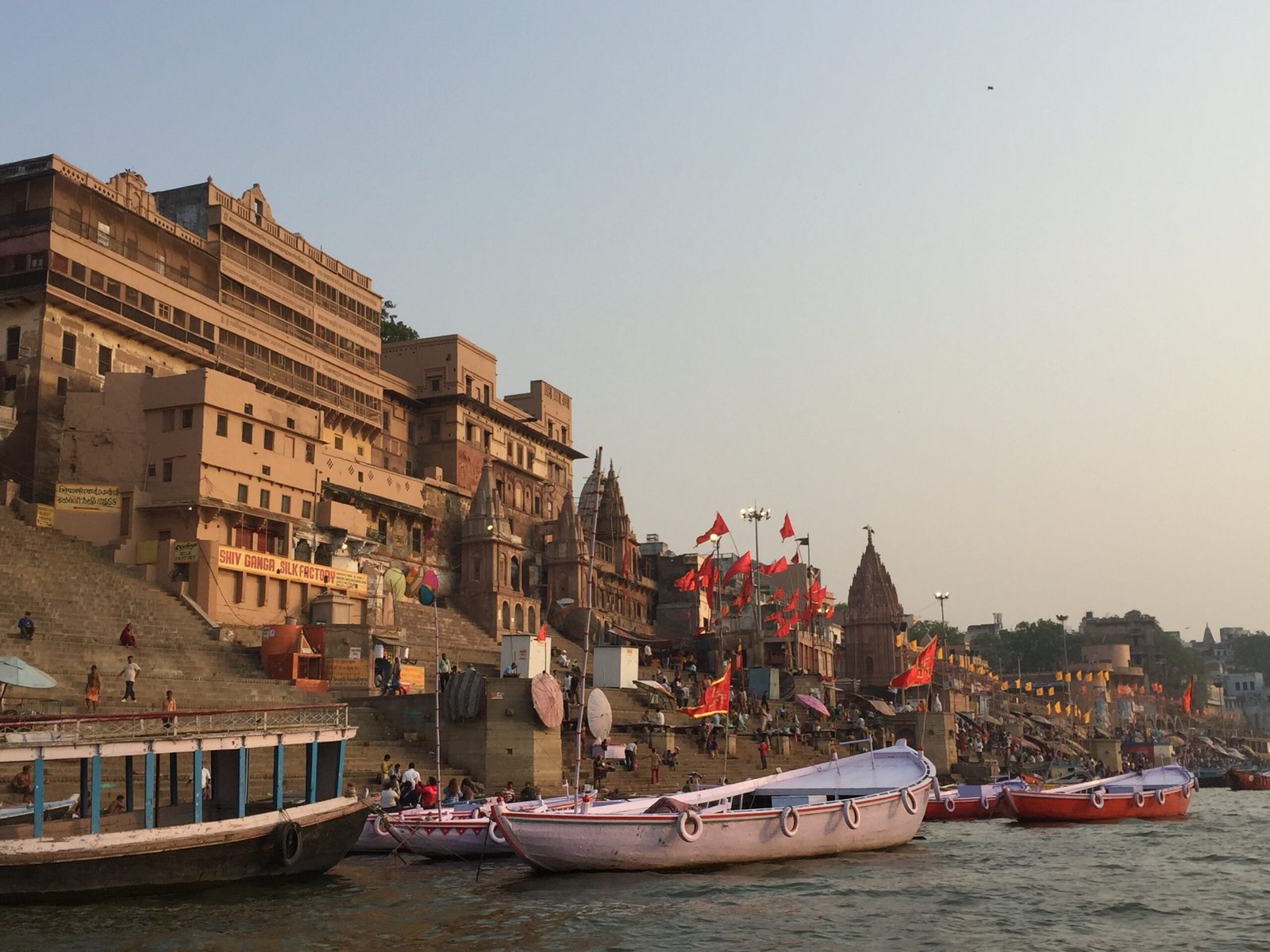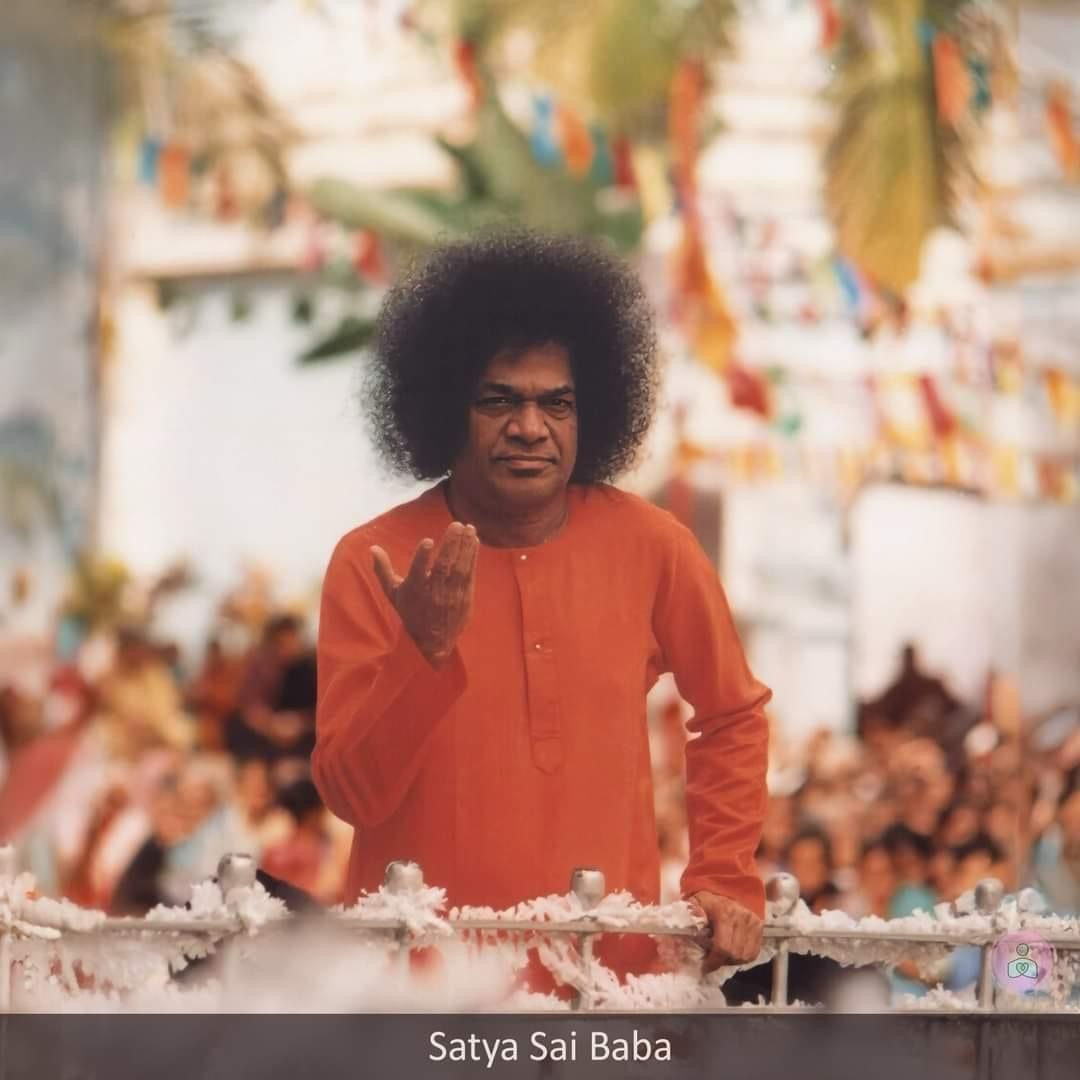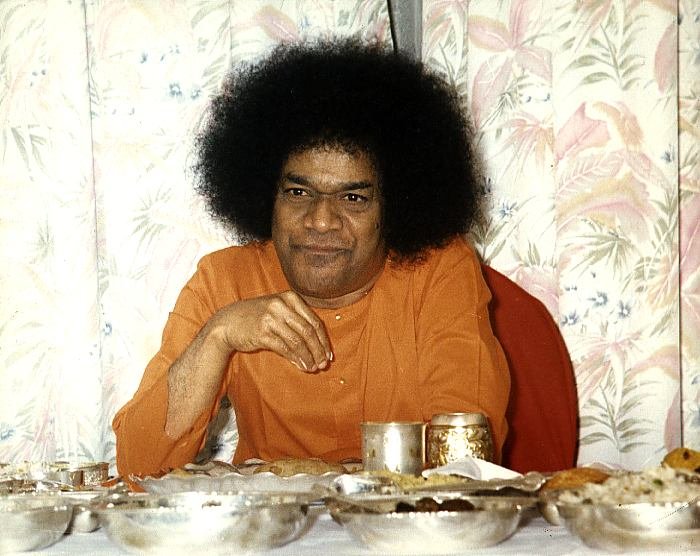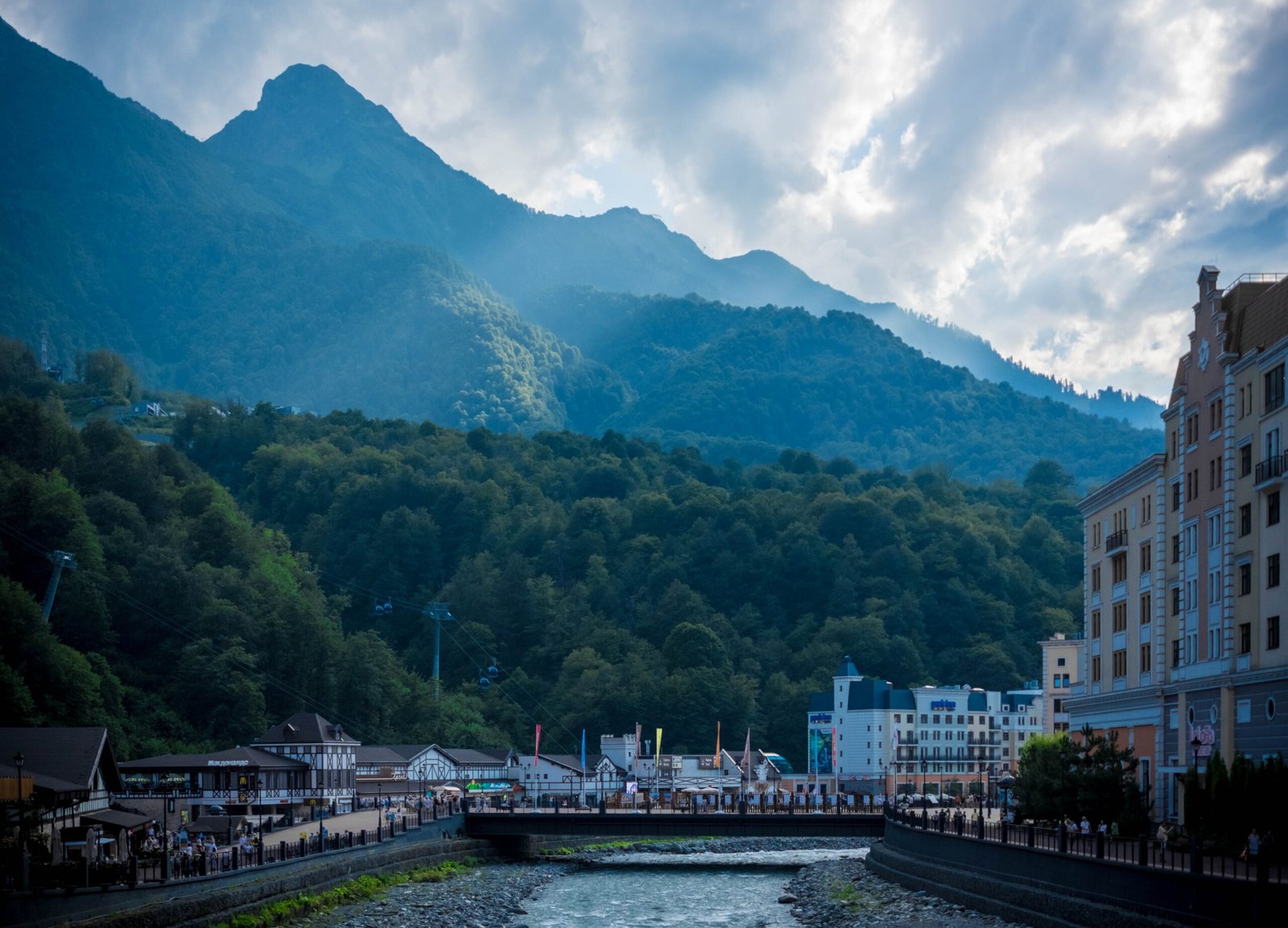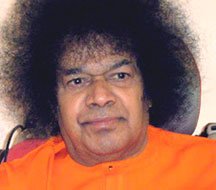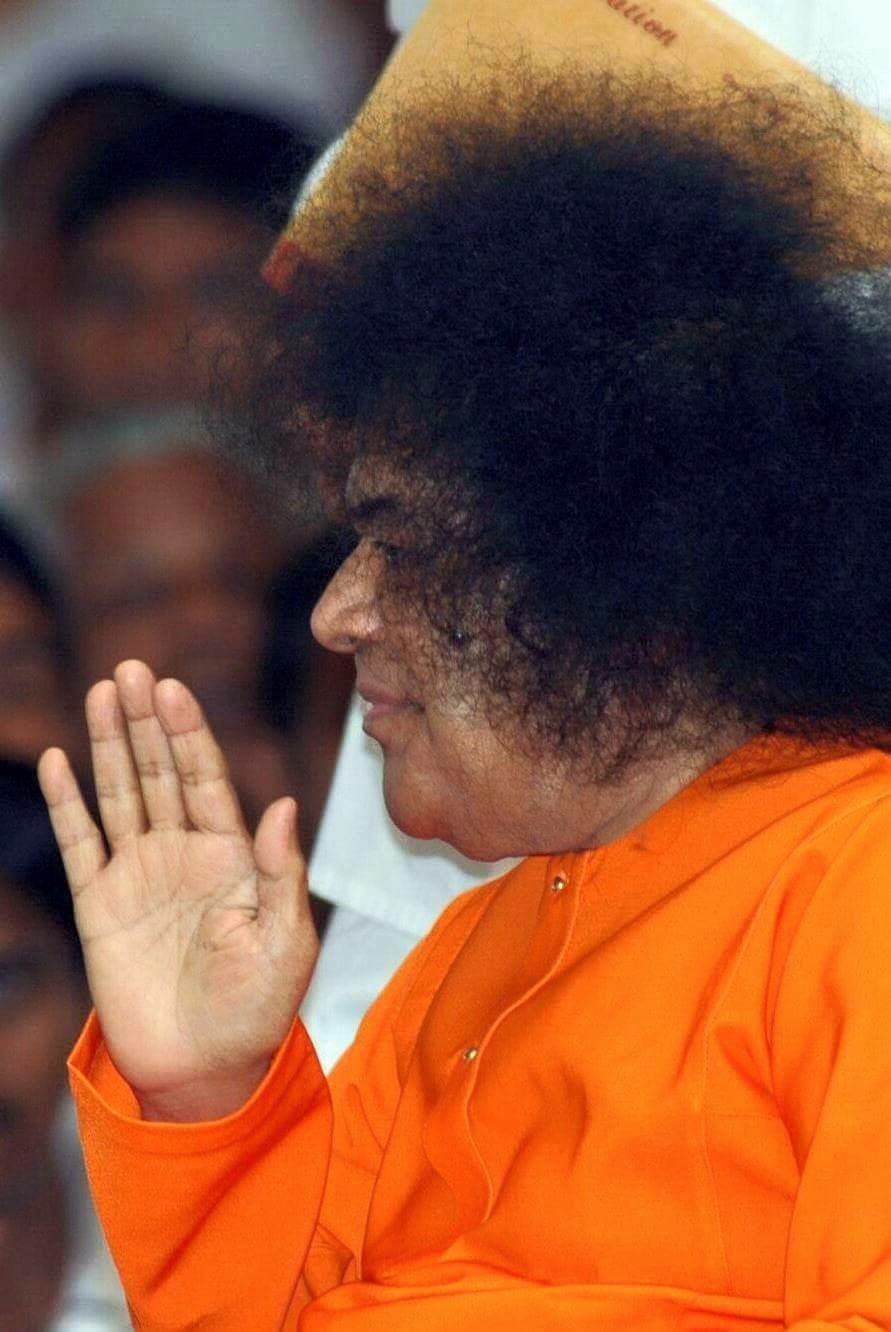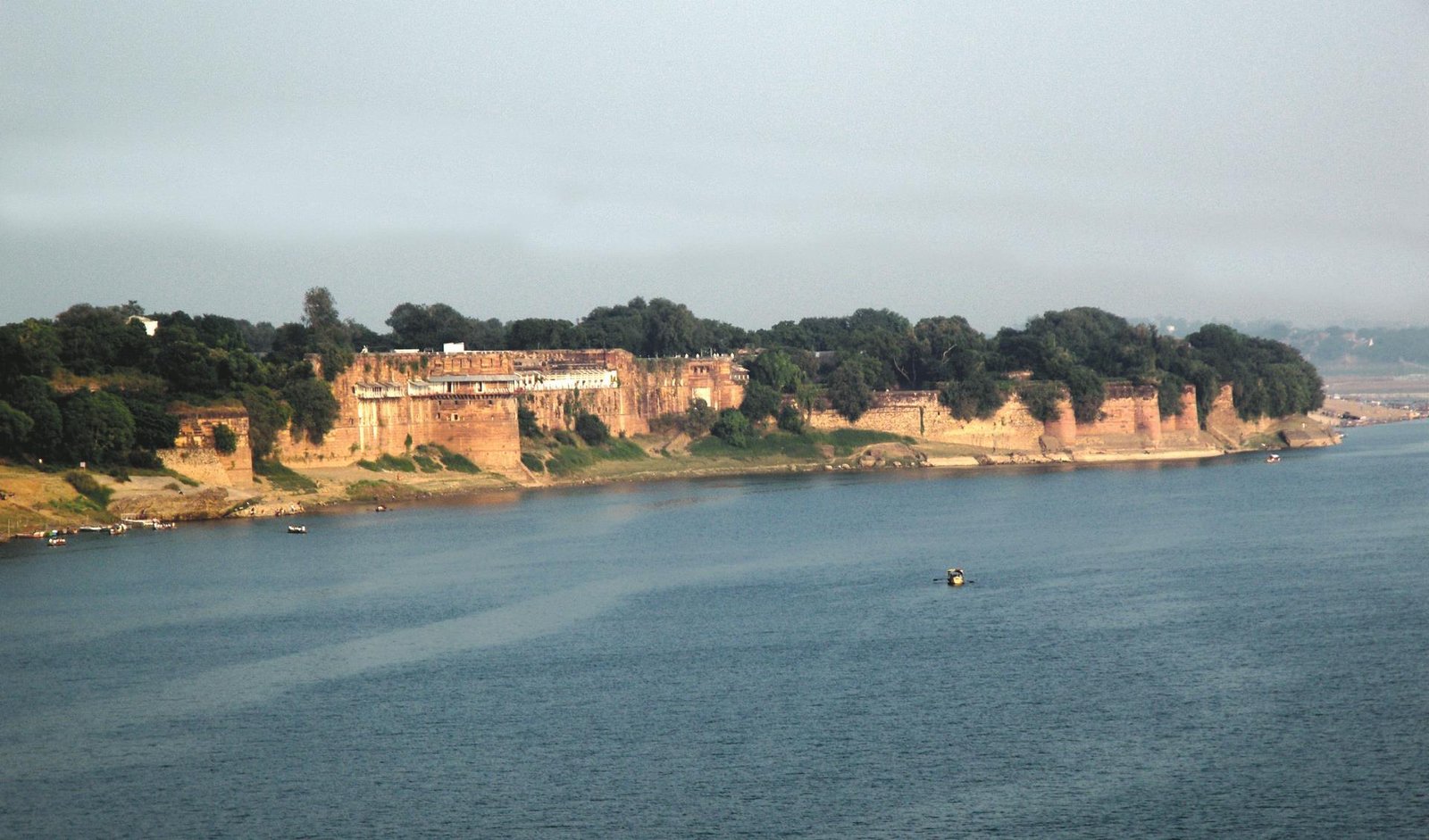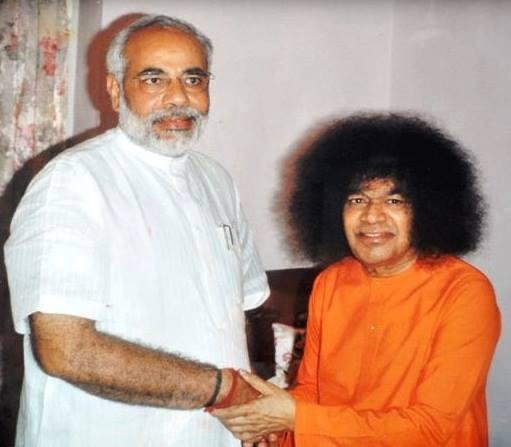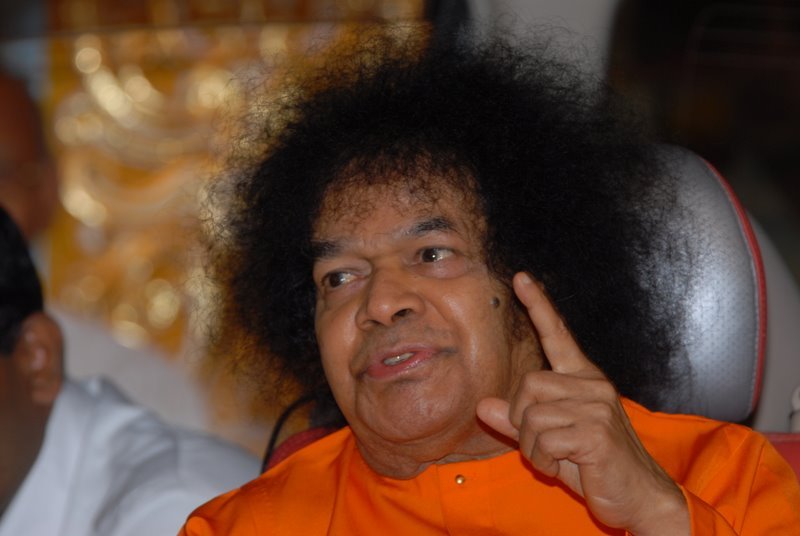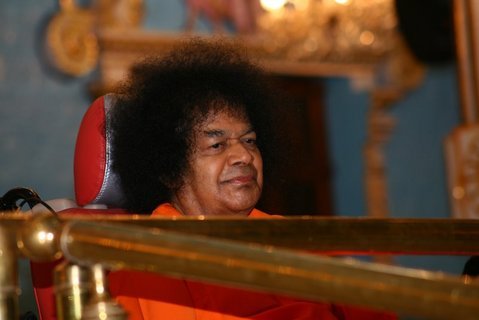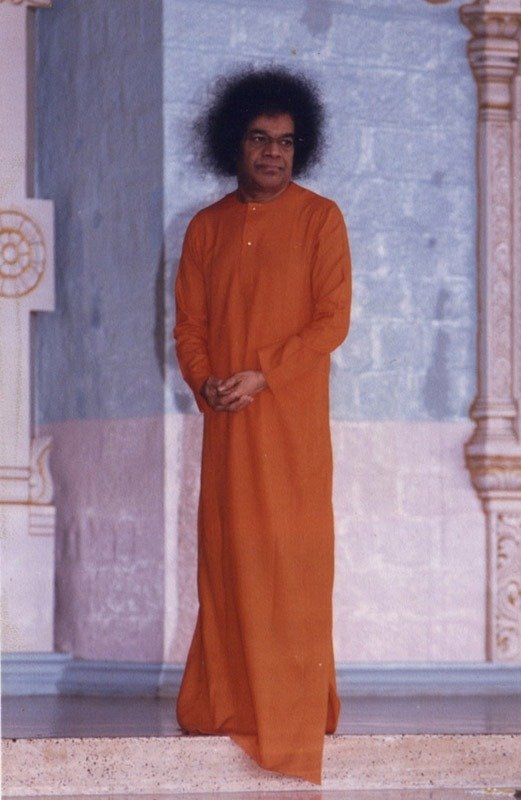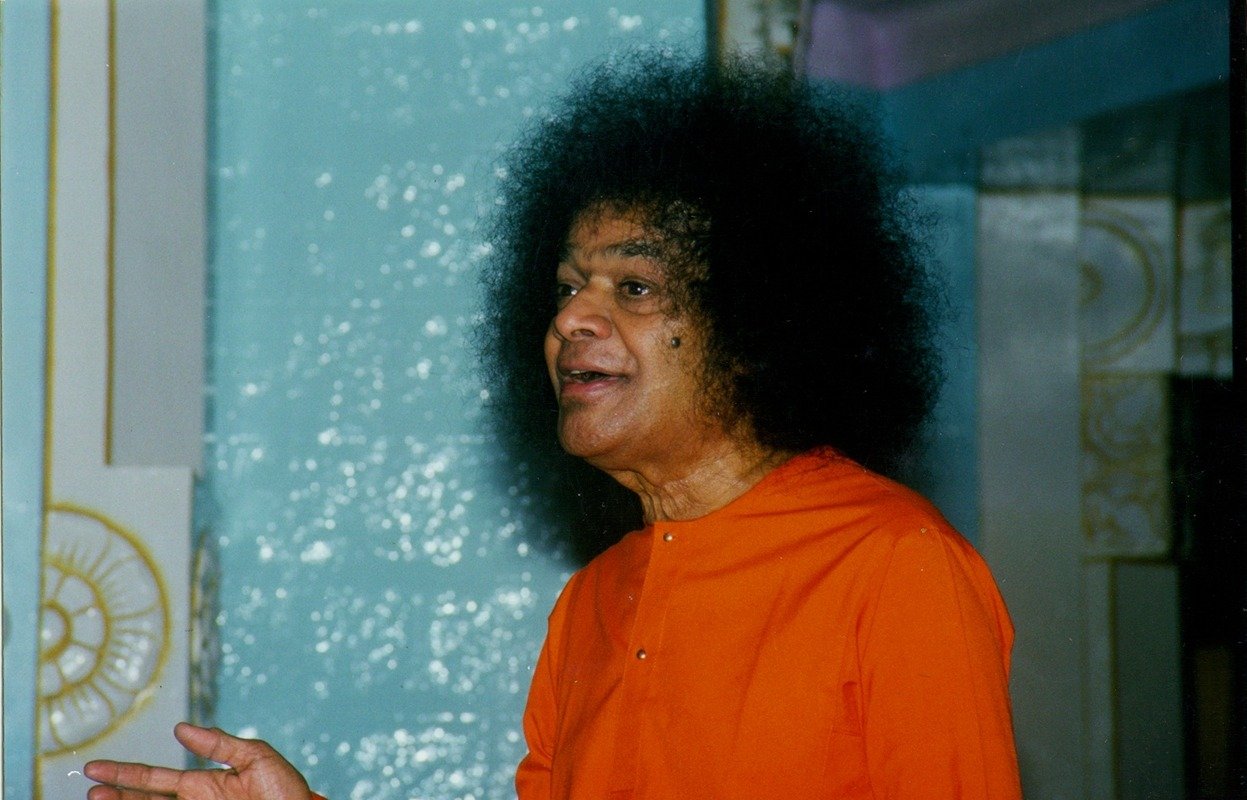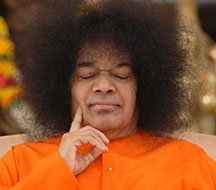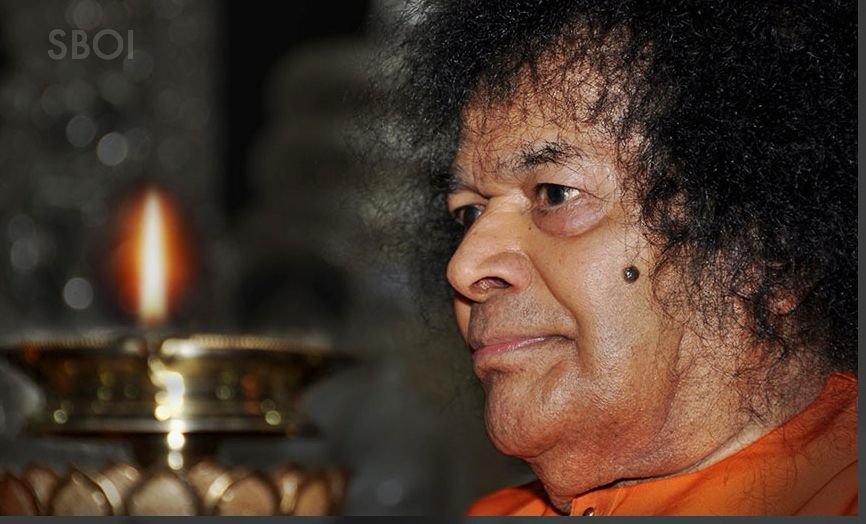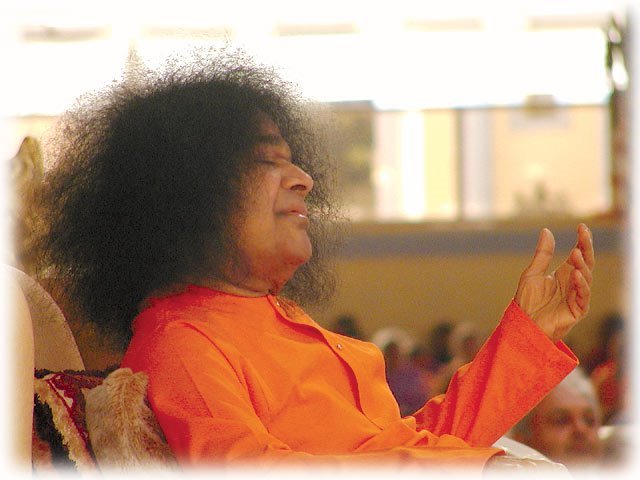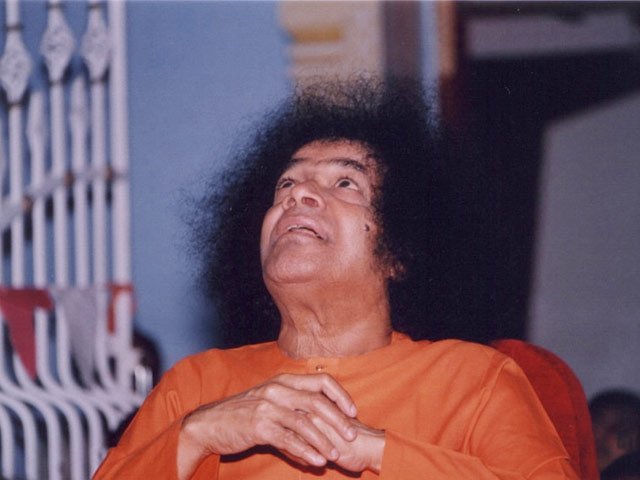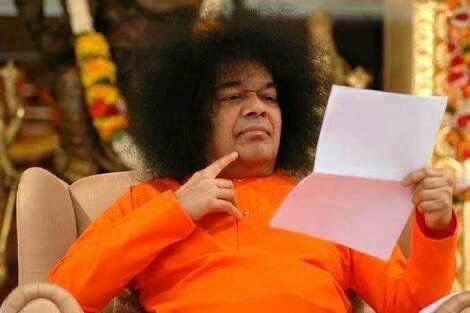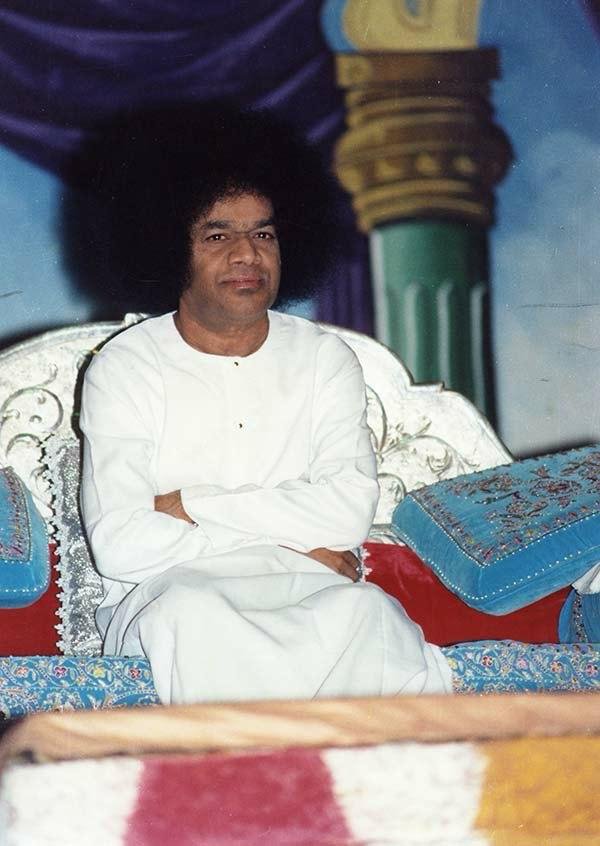Badrinarayan Story
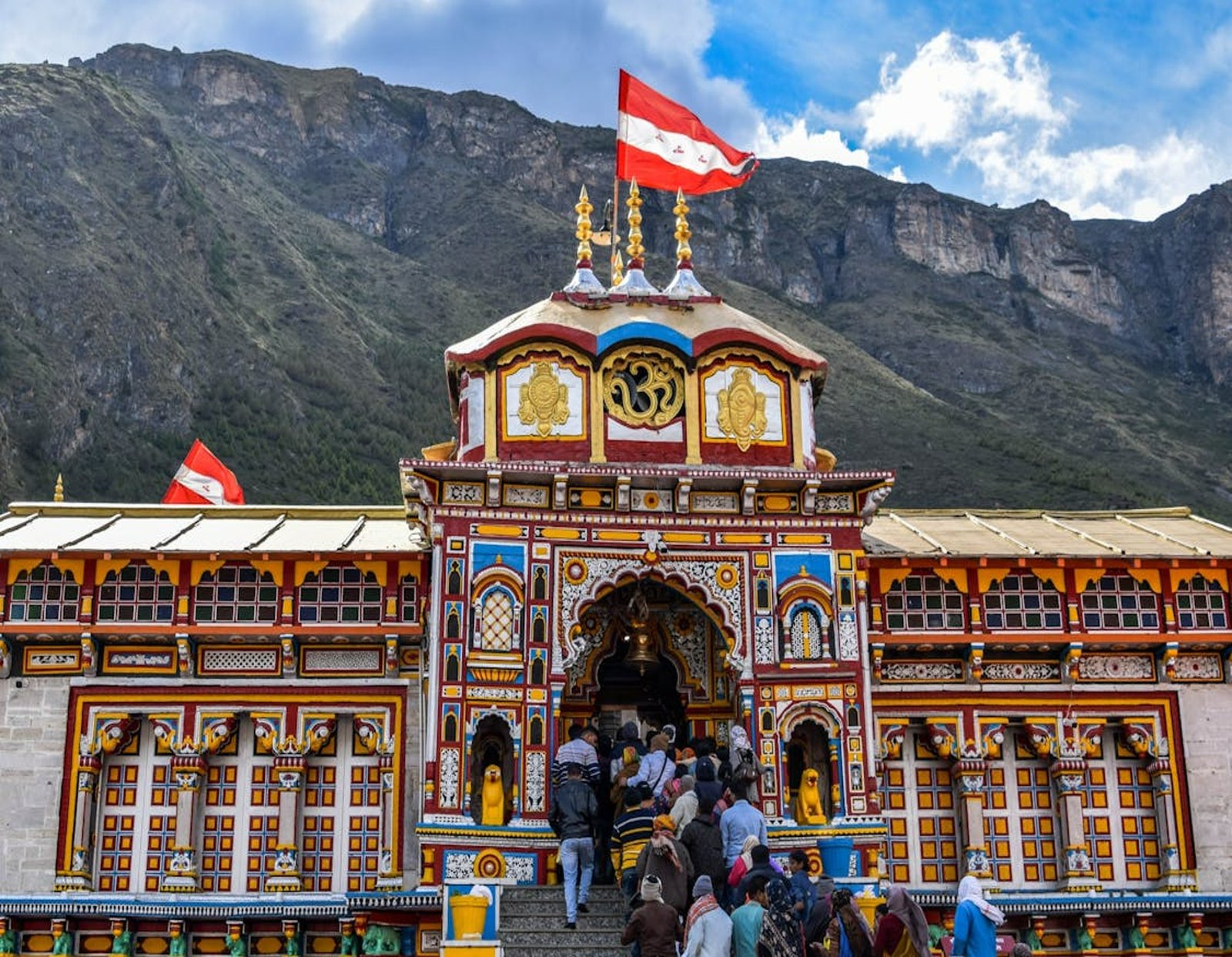
ðï¸ The Divine Story of Shri Badrinarayan (Badrinath Dham)
ð Location
Badrinath Dham lies in the Garhwal Himalayas of Uttarakhand, on the banks of the Alaknanda River, at an altitude of 10,279 ft (3,133 m).
The shrine is surrounded by the majestic Nar and Narayan mountain ranges, with the Neelkanth Peak glistening behind it â giving the temple its celestial backdrop.
The presiding deity is Lord Vishnu, worshipped here as Badrinarayan, seated in Padmasana (lotus posture) under a Badri tree (Indian jujube).
ð¿ Meaning of âBadrinathâ
The word Badrinath comes from:
Badri = Berry or Jujube tree
Nath = Lord or Protector
Thus, Badrinath means âThe Lord of the Badri forest.â
According to legend, the entire valley once was covered with Badri trees, where Lord Vishnu meditated for ages for the welfare of all beings.
ðº The Origin of the Holy Shrine
⨠The Story of Vishnu and Lakshmi
Once, Lord Vishnu decided to meditate in the Himalayas for the good of humankind. He chose the tranquil Alaknanda valley for His penance and sat there in deep meditation, unmindful of the harsh weather.
As time passed, snow began to fall heavily, covering His divine form.
Seeing her Lord endure such cold, Goddess Lakshmi took the form of a Badri tree to shield Him from the freezing winds and snow.
Pleased by her devotion and sacrifice, Lord Vishnu blessed her saying:
âBecause you protected Me with such love, people will call this place Badri-Van (the forest of Badri), and I shall be known forever as Badrinarayan.â
ð The Legend of Nar and Narayan
ðï¸ The Divine Sages
In another legend from the Puranas, Nar and Narayan, the twin sons of Dharma and Murti (daughter of Daksha Prajapati) â incarnations of Lord Vishnu Himself â came to perform penance in the Himalayas to set an example of austerity and devotion for humanity.
They chose Badrikashram (the region of Badrinath) as their place of meditation.
Their penance was so intense that Lord Shiva appeared before them and blessed the land as eternally sacred.
Thus, Badrinath became the eternal abode of Vishnu in His Nar-Narayan form â representing the ideal balance of action (Nar) and meditation (Narayan).
ð The Rediscovery of the Idol by Adi Shankaracharya
Over time, the temple and the idol of Badrinarayan were lost under the snow and forgotten.
In the 8th century CE, the great philosopher Jagadguru Adi Shankaracharya rediscovered the black stone idol of Lord Badrinarayan in the Alaknanda River (Narad Kund).
He established the idol in a small cave near Tapt Kund, and later a grand temple was built on that sacred site.
From that time, Badrinath became one of the four major Char Dhams (along with Dwarka, Puri, and Rameshwaram).
ð Badrinath Temple and Its Symbolism
ð The Temple Structure
The Badrinath Temple, rebuilt by later kings and devotees, is a beautiful stone structure with a tall golden Gopuram (tower).
Inside the sanctum (Garbhagriha) sits the 1-meter tall black Shaligram idol of Lord Badrinarayan in Padmasana posture, surrounded by other deities like:
Kubera (God of Wealth)
Narada Muni
Uddhava
Garuda
Nar and Narayan
At the entrance, devotees take a sacred dip in the Tapt Kund, a natural hot spring believed to be blessed by Agni Deva (the Fire God).
ð¸ Legends Connected to Badrinath
ð 1. The Salvation of the Pandavas
It is believed that after the Kurukshetra War, the Pandavas visited Badrinath to atone for the destruction caused by war and to seek liberation (moksha).
They crossed the Swargarohini path near Badrinath to ascend to heaven.
ð« 2. Lord Vishnuâs Resting Place
When Mother Earth was burdened by evil, Lord Vishnu descended as Badrinarayan to restore dharma and give spiritual refuge to seekers.
He resides here eternally in meditation, radiating peace and divine light.
ð» 3. The Divine Tree (Badri)
Even today, devotees believe that the Badri tree in the region represents Goddess Lakshmi, who still shelters her Lord in His penance.
ð Spiritual Significance of Badrinath
| Aspect | Symbolism |
|---|---|
| Lord Vishnu (Badrinarayan) | Supreme Consciousness in meditation |
| Goddess Lakshmi (Badri tree) | Compassion and nurturing energy |
| Nar and Narayan | Balance between karma (action) and dhyana (meditation) |
| Alaknanda River | The divine flow of grace and purity |
| Tapt Kund | The purifying fire of inner devotion |
| Snow-clad peaks | The stillness and peace of divine realization |
ðï¸ In the Char Dham Tradition
Shri Badrinath is considered:
The northern Dham among the Char Dham (Badrinath, Dwarka, Puri, Rameshwaram)
The first pilgrimage stop among the Chhota Char Dham Yatra (Yamunotri, Gangotri, Kedarnath, and Badrinath)
A pilgrimage to Badrinath is believed to wash away lifetimes of sins and grant moksha â liberation from the cycle of birth and death.
ðº Divine Message of Badrinarayan
âTo reach Me, the path is not through power or wealth,
but through peace, devotion, and selfless service.â
â Lord Badrinarayan
He teaches that true meditation is not withdrawal from the world, but being still in the midst of it, with a heart full of compassion and surrender.
ðï¸ In Summary
| Aspect | Description |
|---|---|
| Deity | Lord Vishnu as Badrinarayan |
| Location | Badrinath, Uttarakhand (on Alaknanda River) |
| Associated Goddess | Lakshmi as the Badri tree |
| Re-established by | Adi Shankaracharya (8th century CE) |
| Temple Elevation | 10,279 ft (3,133 m) |
| Part of | Char Dham and Chhota Char Dham |
| Belief | Grants moksha (liberation) and divine peace |
| Season | Temple opens from April/May to November (summer months only) |
ð¼ The Eternal Glory
Badrinath stands as the gateway to the divine, where the Himalayas meet heaven, and the soul finds peace in the presence of the Lord.
âO traveler, when you reach Badrinath,
your journey doesnât end â it begins.
For there, the Lord waits not to be worshipped,
but to awaken the divinity within you.â


